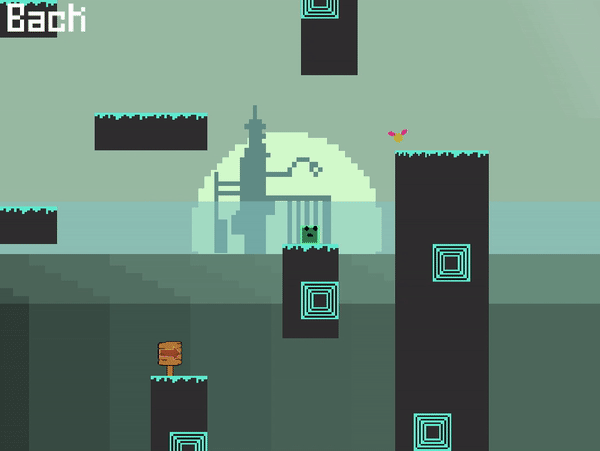Slimefrog Mac OS
Read reviews, compare customer ratings, see screenshots, and learn more about How To Make Slime - Slime Making. Download How To Make Slime - Slime Making. Read reviews, compare customer ratings, see screenshots, and learn more about Slime-Simulator. Download Slime-Simulator and enjoy it on your iPhone, iPad, and iPod touch.
SLIME: The Superior Lisp Interaction Mode for Emacs
SLIME is a Emacs mode for Common Lisp development. Inspired by existing systems such Emacs Lisp and ILISP, we are working to create an environment for hacking Common Lisp in.
This frugal page is an invitation to learn more about what's going on.
Slime Frog Mac Os X
feature highlights
While in the air, Slimefrog can lick up to 4 times before falling. Try saving your last lick in case you get yourself in an unfavourable situation. It could save you a lot of pain. Most obstacles have more than 1 way up them. If you cant seem to get up a certain obstacle, try a new strategy. Want in on the latest slime craze sweeping both real and virtual playgrounds worldwide? This free app is your gateway to a strangely satisfying, relaxing and fun simulation where you can explore all the squishy and fluffy qualities and shapes right on your phone. Squish, stretch, and smash slime for a super simulation without the mess! Want in on the latest slime craze sweeping both real and virtual playgrounds worldwide? This free app is your gateway to a strangely satisfying, relaxing and fun simulation where you can explore all the squishy and fluffy qua.
- slime-mode: An Emacs minor-mode to enhance lisp-mode with:
- Code evaluation, compilation, and macroexpansion.
- Online documentation (describe, apropos, hyperspec).
- Definition finding (aka Meta-Point aka M-.).
- Symbol and package name completion.
- Automatic macro indentation based on
&body. - Cross-reference interface (WHO-CALLS, etc).
- .. and more.
- SLDB: Common Lisp debugger with an Emacs-based user interface.
- REPL: The Read-Eval-Print Loop ('top-level') is written in Emacs Lisp for tighter integration with Emacs. The REPL also has builtin 'shortcut' commands similar those of the McCLIM listener.
- Compilation notes: SLIME is able to take compiler messages and annotate them directly into source buffers.
- Inspector: Interactive object-inspector in an Emacs buffer.
supported platforms
SLIME works with GNU Emacs versions 21 and later, and with XEmacs version 21 on Unix, OSX, and Win32.
The currently supported Common Lisp implementations are:
- CMU Common Lisp (CMUCL)
- Steel Bank Common Lisp (SBCL)
- Clozure CL (a.k.a. OpenMCL)
- LispWorks
- Allegro CL
- CLISP
- Scieneer CL
- ECL
- Corman CL
- ABCL

downloading
Our source repository is hosted at github: https://github.com/slime/slime.
https://works-that-gz-system-roulette-friends-free-bet.peatix.com. You can also grab the latest release.
documentation
We have a manual (as pdf) that explains what SLIME can do and how to use it.
screencasts and tutorials
Various tutorials about SLIME are available on the 'net:
- Marco Baringer's SLIME tutorial from 2005. (original video, 150 MB)
- Baggers' Installing Common Lisp, Emacs, SLIME & Quicklisp. 2013.
- Baggers' Emacs with SLIME — Really useful keyboard shortcuts. 2014.
Slime Frog Mac Os 11
bug tracker
You can report bugs at the bugtracker.
mailing list and IRC
The slime-devel@common-lisp.net mailing list is used for all SLIME discussions. This is where to ask questions and generally participate in the development.
To post messages to that list you must be subscribed.
Chatter about SLIME happens on the #slime channel in the Freenode IRC network.
history
Slime Frog Mac Os Catalina
SLIME is an Extension of SLIM, which was written by Eric Marsden in mid-2003. Luke Gorrie and Helmut Eller took over development to create SLIME as a traditional 'open-source project.' Since then the hacking has continued at a rapid pace as many more hackers joined the fray.
A (hopefully) complete list of code contributors appears in the SLIME manual. Play konami slots online.
HTML style shamelessly stolen by Luke Gorrie from the sawfish homepage.
Any remaining HTML-conformance is solely due to Stephen Caldwell.
Last updated: 2019-01-16